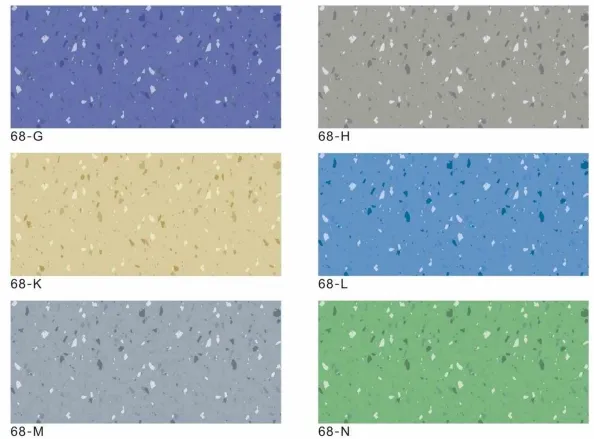masking tape for painting
The Importance of Masking Tape for Painting A Comprehensive Guide
When it comes to painting projects, whether for home renovations or artistic endeavors, the tools you use can significantly impact the final outcome. One of the most crucial tools in any painter's arsenal is masking tape. This seemingly straightforward product plays a vital role in achieving sharp, clean edges and preventing unwanted paint bleeds. In this article, we’ll explore the importance of masking tape for painting and provide tips on how to use it effectively.
The Importance of Masking Tape for Painting A Comprehensive Guide
One of the primary benefits of using masking tape is the ease with which it can be applied and removed. High-quality painter’s tape is designed to adhere well to a variety of surfaces, including walls, wood, and even metal, without damaging the underlying material upon removal. This allows for greater flexibility and confidence during the painting process, knowing that you can achieve crisp lines without the risk of ruining adjacent surfaces.
masking tape for painting

To maximize the effectiveness of masking tape, proper application techniques are essential. First, ensure that the surface is clean and dry. Dust, grease, or moisture can prevent the tape from adhering properly and may result in paint bleeding. Once the surface is prepared, apply the tape along the edges you wish to protect. For the best results, press down firmly on the tape to create a tight seal, particularly along the edges where paint is most likely to leak.
Another important tip is to choose the right type of masking tape for your project. There are various forms available, including low-tack, medium-tack, and high-tack tapes. Low-tack tape is ideal for delicate surfaces like wallpaper or freshly painted walls, while high-tack tape is better suited for rougher surfaces. Additionally, consider the width of the tape; using wider tape can help cover larger areas quickly, while narrower tape is great for detailed work.
Timing your tape removal is crucial as well. In general, it is advised to remove the tape while the paint is still wet or right after it has dried. This prevents the paint from lifting off with the tape, which can create uneven edges. Pull the tape back at a 45-degree angle for the cleanest edge, and take your time to avoid tearing.
In conclusion, masking tape is an indispensable tool for anyone looking to achieve professional results in their painting projects. By using high-quality tape, applying it correctly, and removing it at the right time, you can create clean, sharp lines that enhance the overall appearance of your work. Whether you are a seasoned professional or a DIY enthusiast, investing time in mastering the use of masking tape will undoubtedly elevate your painting experience and results. Happy painting!
-
Waterproof Advantages of SPC Flooring Vinyl in KitchensAug.06,2025
-
SPC Hybrid Waterproof Flooring Thickness GuideAug.06,2025
-
Leveling Subfloor Before My Floor SPC InstallAug.06,2025
-
How Mesh Deck Skirting Improves Outdoor Pest ControlAug.06,2025
-
Choosing the Right Commercial Flooring for Your Business NeedsAug.06,2025
-
Choosing the Best Residential Flooring: A Comprehensive Guide to Style, Durability, and ComfortAug.06,2025




